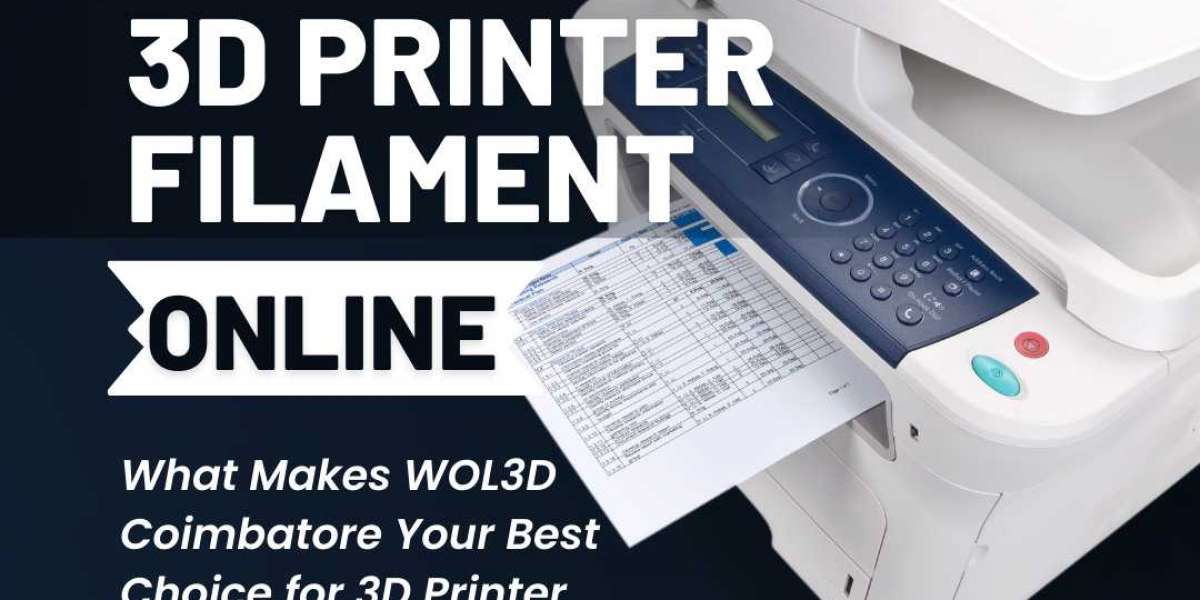In the complex landscape of corporate insolvency, businesses facing financial distress often explore various avenues to mitigate losses and secure a path forward. Two strategic options that frequently emerge are Creditors' Voluntary Liquidation (CVL) and Pre-Pack Administration. In this comprehensive guide, we delve into these financial lifelines, shedding light on their nuances, benefits, and the considerations that businesses must weigh when navigating the turbulent waters of insolvency.
Understanding Creditors' Voluntary Liquidation (CVL):
Voluntary Decision-Making: Creditors' Voluntary Liquidation is initiated by a company's directors when they acknowledge that the business is insolvent and cannot meet its financial obligations. Rather than waiting for creditors to force the company into compulsory liquidation, directors take proactive steps to initiate the process voluntarily.
Appointment of Liquidator: In CVL, directors must convene a meeting of the company's shareholders, who, in turn, pass a resolution to wind up the company. A licensed insolvency practitioner is appointed as the liquidator, responsible for realising the company's assets and distributing the proceeds to creditors in a predetermined order of priority.
Protection for Directors: One key advantage of CVL is that it offers a level of protection for directors. By taking proactive steps to address insolvency, directors demonstrate a commitment to an orderly wind-down, potentially reducing personal liability and safeguarding their reputation.
Controlled Liquidation Process: CVL allows for a more controlled liquidation process compared to compulsory liquidation. Directors can work closely with the appointed liquidator to ensure a methodical and efficient realisation of assets, maximising returns for creditors.
Exploring the Dynamics of Pre-Pack Administration:
Strategic Business Sale: Pre-Pack Administration involves the sale of a company's assets to a new or existing entity, often pre-arranged before the appointment of an administrator. This strategic sale occurs swiftly, providing a seamless transition for the business.
Administrative Appointment: The process begins with the appointment of an administrator, who takes control of the company's affairs. The administrator's primary objective is to achieve the best possible outcome for creditors while preserving the value of the business.
Preservation of Value: Pre-Pack Administration is valued for its ability to preserve the going concern value of a business. By swiftly identifying a buyer and completing the sale in a controlled environment, the process aims to maintain customer confidence, supplier relationships, and employee morale.
Creditor Consideration: While Pre-Pack Administration offers advantages in terms of speed and continuity, it requires careful consideration of creditors' interests. The process must be transparent, and the administrator must demonstrate that the sale represents the best available outcome for creditors.
Considerations and Best Practices:
Timely Decision-Making: In both CVL and Pre-Pack Administration, timely decision-making is critical. Recognising financial distress early allows businesses to explore options and implement a strategy that aligns with their long-term objectives.
Transparent Communication: Transparent communication is paramount throughout the insolvency process. Directors, administrators, and liquidators must maintain open lines of communication with creditors, employees, and other stakeholders to build trust and ensure a smooth process.
Professional Guidance: Seeking professional guidance from licensed insolvency practitioners is a prudent step. These experts can assess the specific circumstances of a business, recommend appropriate strategies, and guide the company through the intricacies of insolvency proceedings.
Legal Compliance: Adherence to legal compliance is non-negotiable. Directors and administrators must navigate the insolvency landscape with a thorough understanding of legal obligations, ensuring that every step taken aligns with regulatory requirements.
Conclusion:
In the unpredictable world of business, financial challenges can emerge unexpectedly, demanding swift and strategic decisions. Creditors' Voluntary Liquidation and Pre-Pack Administration offer viable routes for companies facing insolvency, providing a structured framework for winding down or transitioning to new ownership. As businesses navigate these financial waters, the key lies in proactive decision-making, transparent communication, and professional guidance. By understanding the intricacies of CVL and Pre-Pack Administration, businesses can chart a course that not only addresses immediate challenges but also lays the groundwork for a more resilient and sustainable future.








